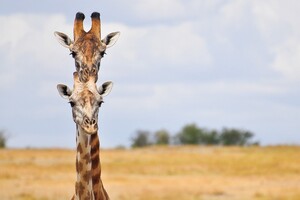Mankind has not yet managed to preserve nature.

Animal populations decreased by more than two thirds in the last 50 years. The report “Living Planet” by the World Wildlife Fund states that “humanity is losing the war for nature conservation”, according to Euronews.
Scientists studied data from the London Zoological Society on 32,000 wild animal populations. They contain information on more than 5,000 species. The analysis showed that since 1970, wild animal populations have declined by an average of 69%.
Also read: All ants on Earth weigh more than all wild animals and birds combined – study
Deforestation, pollution and climate change are the most important reasons for this reduction. As Andrew Terry of the Zoological Society of London said, the rapid decline shows that “nature is collapsing and the natural world is emptying”.
The most serious damage was done to wild animal populations in Latin America and the Caribbean. Over the past 50 years, the number of animals here has decreased by 90%. Africa is second in decline, with a 66% drop, followed by Asia and the Pacific.
Animal populations in North America have declined by an average of 20%, and in Europe and Central Asia by 18%.
Some species experienced a sharp decline in numbers in short periods of time. For example, in the Brazilian Amazon, one population of pink river dolphins declined by 65% between 1994 and 2016.
Scientists note that these changes are not irreversible, but urgent action is needed. Yes, it is necessary to invest more in means of preserving species. It is also necessary to move to more sustainable production and consumption. For example, to give up cutting down forests to create pastures.
Related video
Previously scientists from Sweden and Spain traced the evolution of frogs living in the Chernobyl exclusion zone. According to the researchers, the animals changed their color: they turned from green to black.




